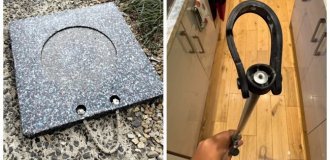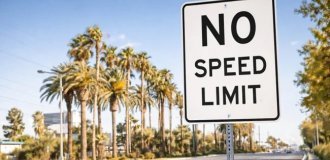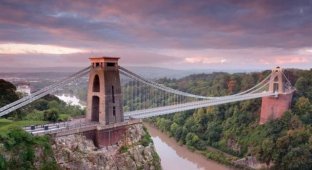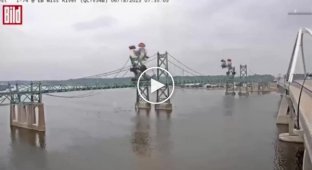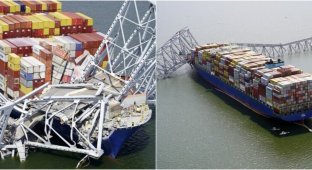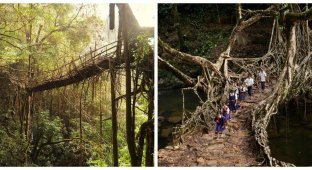Marching soldiers, collapsing bridges and real stories about their connection (6 photos)
All suspension bridges vibrate and sway due to traffic and wind. These vibrations are not a problem as long as they do not resonate with the natural frequency of the bridge. 
But if the frequency of footsteps coincides with the natural frequency of the bridge, then the march of soldiers will amplify the vibrations, causing the structure to collapse. 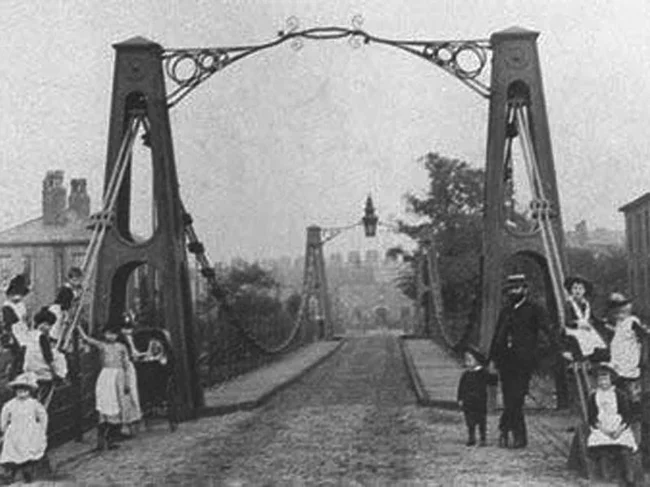
Broughton Bridge in 1883
One of the first bridges to suffer from mechanical resonance was the Broughton Suspension Bridge over the River Irwell between Broughton and Pendleton in Greater Manchester, UK. Built in 1826 by John FitzGerald to connect his estates and collieries in Pendleton with the Adelphi and Lower Broughton areas, it was the only means of transport between Broughton and Pendleton. The Broughton Suspension Bridge has rightly become a source of local pride, as it was one of the first such structures in Europe. 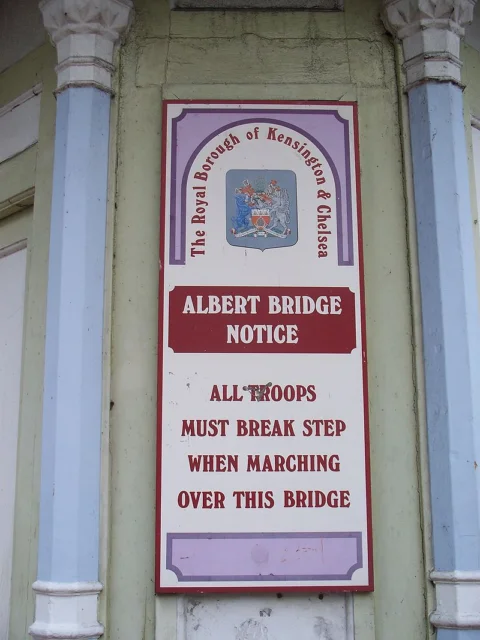
A sign on the Albert Bridge in London asking soldiers to break step. This bridge is also prone to vibration when a large number of people are crossing it
On April 12, 1831, a regiment of soldiers in four ranks were crossing the bridge when it suddenly began to vibrate from their footsteps.
The soldiers found the whole thing funny, and some of them even began whistling a marching tune to amuse themselves, which caused the bridge to vibrate even more.
The head of the column had almost reached Pendleton when they heard "a sound like the irregular discharge of a firearm." Immediately one of the iron columns supporting the suspension chains on the Broughton side fell toward the bridge, taking with it a huge boulder from the pier to which it was bolted. The corner of the bridge, having lost its support, fell into the river, throwing about 40 soldiers into the water or on their chains. The water level in the river was low, no more than half a meter, so there were no casualties, but some soldiers suffered fractures.
As a result of the bridge collapse, the British army issued an order to "walk" when soldiers crossed the bridge. 
The Bas-Chêne Bridge before its destruction in 1850.
Another iconic example of soldiers destroying a bridge occurred less than 20 years later in Angers, France. On April 16, 1850, a battalion of French soldiers marched across the 100-meter-long Angers Bridge over the Maine River. A heavy storm was raging, and the wind was rocking the bridge. As the soldiers attempted to cross it, they caught the wind like sails. Survivors reported feeling disoriented as they struggled to keep their balance and not fall. 
The Collapse of the Angers Bridge
Although the soldiers had been instructed to pace themselves and space themselves further apart than normal, their attempts to match the sway of the bridge may have accidentally caused them to march in the same rhythm, causing a resonance. There were about 500 men on the bridge when the anchor cable upstream on the right bank snapped in its concrete anchorage with a noise reminiscent of "a poorly executed firing squad." Seconds later, the adjacent cable downstream snapped, and the deck collapsed, dumping the soldiers into the river. A total of 226 men were killed.
The collapse of the bridge was attributed to rust in the anchor cable, but a storm and marching soldiers also played a role in the tragedy. This disaster made France disillusioned with suspension bridges, and their construction was suspended for 20 years. 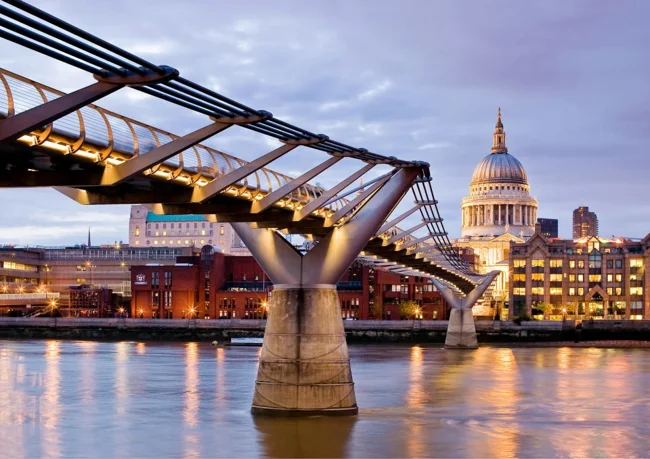
Millennium Bridge, London
Another reminder of the vulnerability of suspension bridges occurred in 2000 during the opening of the London Millennium Bridge over the Thames. As crowds of people filled the bridge, their footsteps caused the surface to vibrate slightly. Many pedestrians involuntarily fell in time with the vibrations, only amplifying them. Although engineers insisted the Millennium was not in danger of collapse, the bridge was closed for about a year while workers installed dampers to minimize vibration caused by pedestrians.


